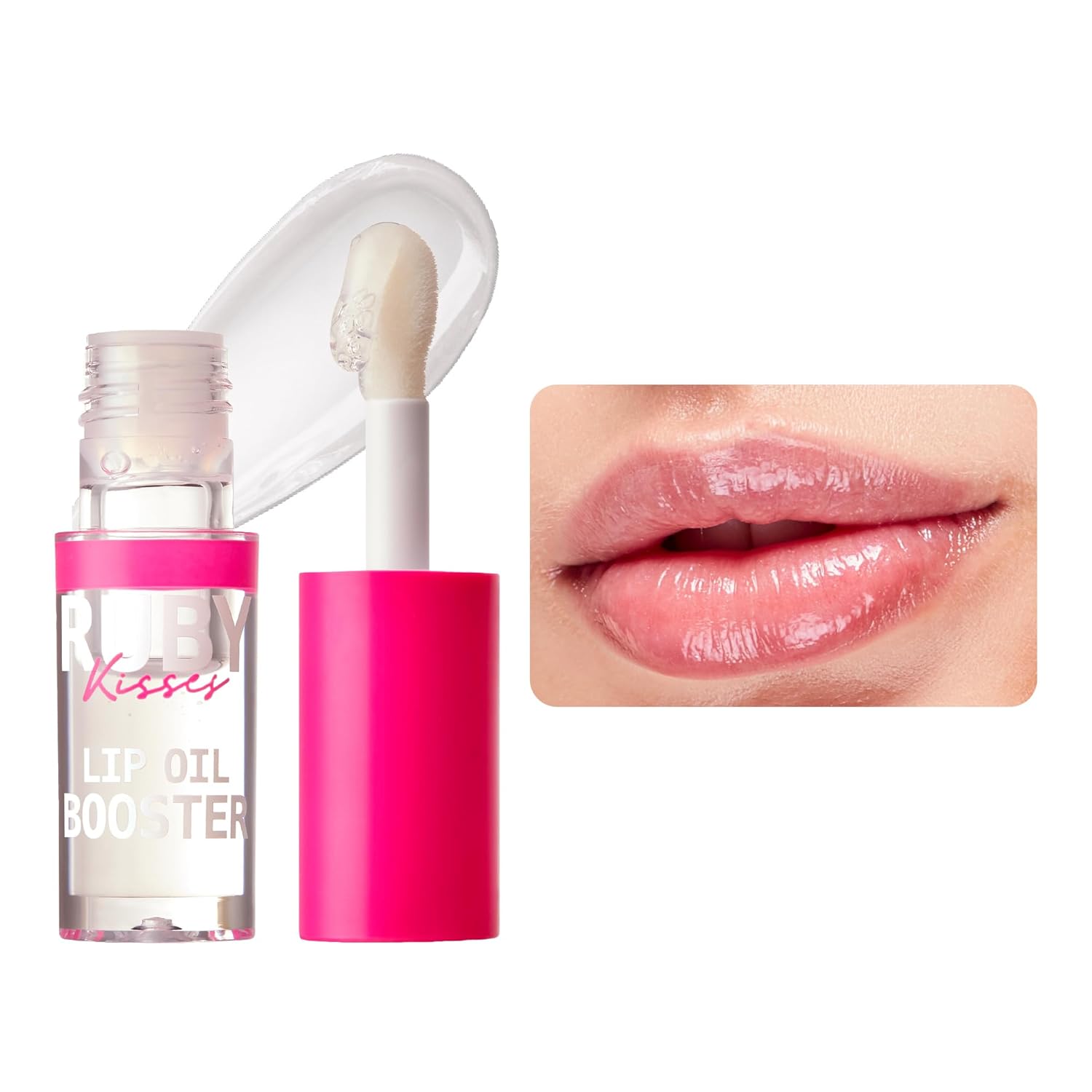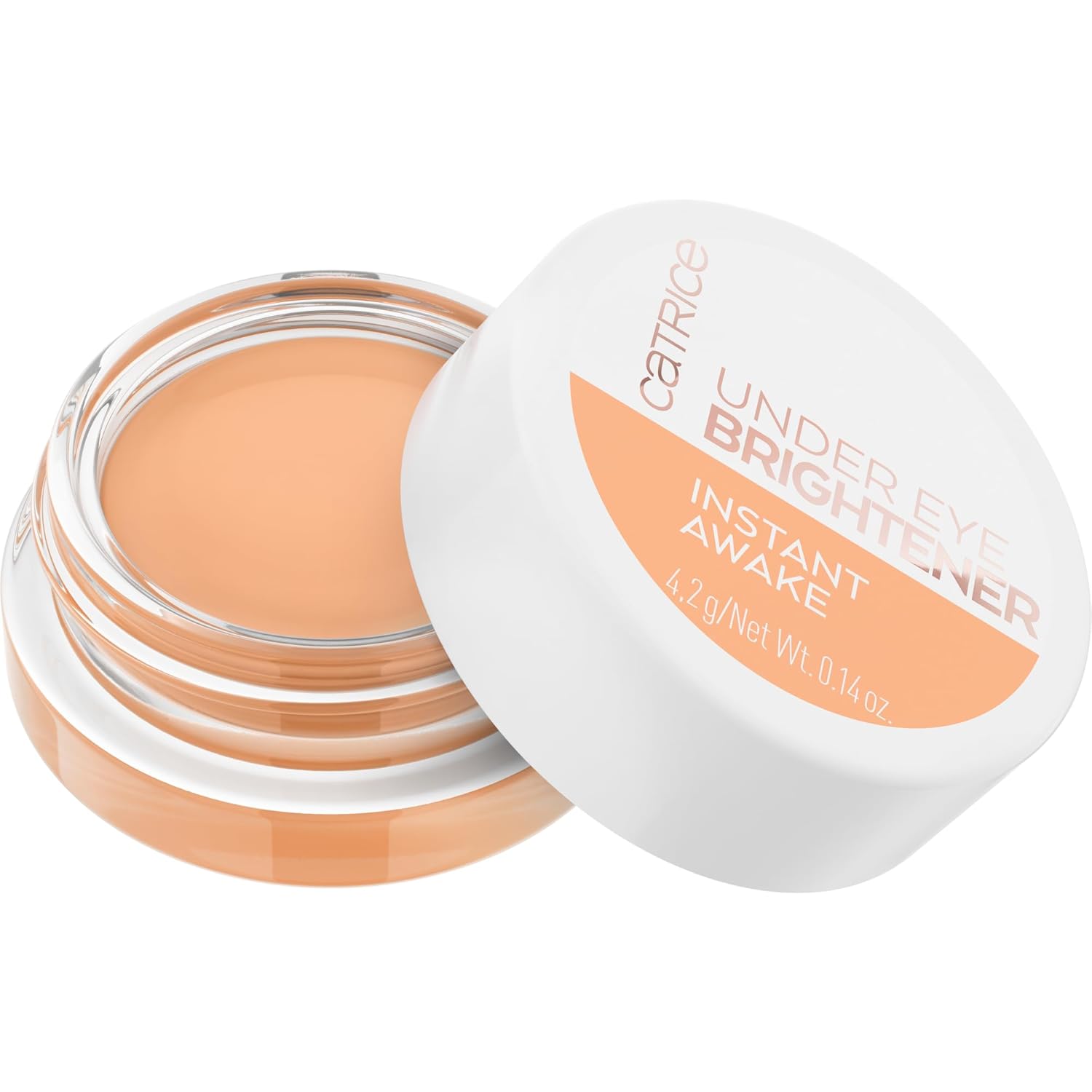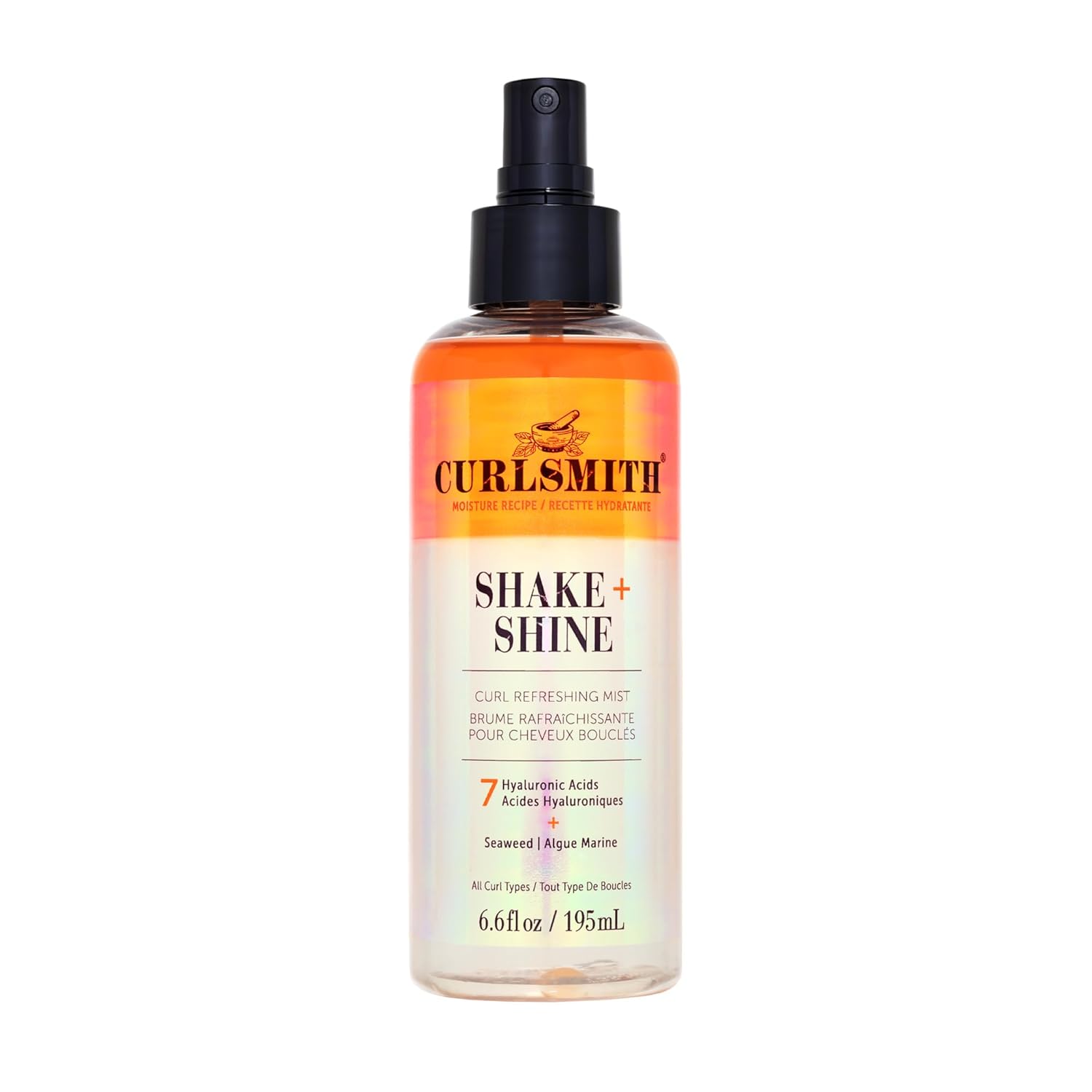
Celebrity hairstylist and barber Andrea Pezzillo is providing the chicest cuts to Hollywood’s leading men. Think: Jon Hamm, Joseph Quinn, Sam Richardson, and Justin Hartley—just to name a few. As a celebrity men’s groomer and curly specialist, she’s worn many hats: everything from creating red-carpet cuts, to teaching the art of cutting curly hair with her online course, Mane Insight.
Pezzillo is also a proud advocate of all the intricacies that come with curly hair, leading her to write her debut book, Curly Confidence: A Specialist’s Guide to Embrace Your Natural Curls. With over 20 years of expertise to draw from, Pezzillo created Curly Confidence to celebrate the diversity of all hair types and textures. The book covers the nuances of identifying your curl type and selecting hair products, which is essential whether you’re a curly hair consumer or stylist.
We sat down with Pezzillo to discuss the ideation behind her new book, working with men in Hollywood, and what inspires her curl confidence.
How did your relationship with your curls inspire your career?
My relationship with my own frizzy thick waves definitely inspired my career. Growing up, my mom took me to salons where NO ONE understood my hair. Flat irons weren’t widely available, so I actually straightened my hair with a clothing iron. I didn’t really know how to style or appreciate my hair, so I didn’t like my hair at all.
Early in my career, I realized there were so many people who felt the same way, all struggling to understand their hair. Helping clients learn to love their curls became incredibly fulfilling; I felt I was adding value to people’s lives. Clients embracing their hair gave me a beautiful sense of purpose; I also enjoyed being good at something specialized like curly hair. This shaped my career and, more specifically, the curly hair expertise I’ve built over the years.
What have you learned about how Hollywood views curly hair?
For a long time, naturally curly hair has been viewed as unprofessional in the workplace, not just in Hollywood but even in corporate environments. Curly hair has been misunderstood and overlooked for way too long! Women have worn wigs, extensions, relaxers, and perms to align with industry standards.
There are many stories of actors with curly hair having to do their own hair for red carpets or on set because hairstylists or barbers didn’t know how to work with their texture. You may have even seen an actor wearing a certain style or haircut, not because it was a purposeful choice, but simply because the person hired did not know how to do their hair. Unfortunately, this has been the reality for many with highly textured hair, and the skills to style and care for their hair haven’t been prioritized until recently.
I’m happy about initiatives like the CROWN Act and the recent Hollywood strikes that have pushed for representation and education around naturally curly hair. It’s also encouraging to see progress in beauty schools, where learning how to work with highly textured hair is becoming mandatory in some states.
Do you find a difference in how men and women approach their curly haircare routine?
I do find a difference in how men and women approach their curly hair care. Women typically have a product-heavy or step–heavy routine, with dedicated wash days or styling routines. These routines have become a part of many self-care practices.
Men with curly hair tend to keep their routines simpler but still show care for their natural texture. For example, men who wear waves typically brush consistently, use products, and wear wave caps to hold the pattern, that is, styling curls in a specific way that takes dedication.
While women typically lead the curly hair conversation, I’m happy to see more men embracing their natural texture. I see men in the spotlight wearing their curls with a taper or fade. This is all a great step forward for curly hair representation across the board.
What have been your favorite 2-3 looks you’ve styled for clients and why?
Some of my favorite styles I’ve done are when a woman wants to go short with their curls. I love it when women have the courage to cut it into a playful or sexy shorter style. I have so much fun watching the confidence radiate from each client who takes that bold step.
Another favorite is taking a client from a relaxer to natural curls. So often, clients don’t know what their natural curl pattern looks like. They don’t realize they have beautiful curls hidden under the texturizer or relaxer, and it’s a fun process to help them discover and embrace their natural texture.
I also love doing curly cuts! They’ve become so creative, with bangs, layers, and unique shapes. And don’t let me add some hair color, that takes it to the next level! It’s exciting to see these styles evolving, and it’s so much fun to bring them to life for both women and men.
As a fellow curly girl and hair stylist, have you ever had to combat any prejudices or misconceptions about your own hair?
With my hair, I think people see it and assume that it’s easy. The truth is, my hair looks the way it does because I’ve learned how to work with it. My hair is easier than some and harder than others, but it’s always a topic of conversation. While I appreciate the compliments, for a long time I struggled to like my hair and it took practice to become confident and understand my own hair.
Another misconception I’ve had to combat is that because my hair isn’t super curly, some people have been hesitant about my ability to work with their hair type. Building trust with clients whose hair looks different from mine has been very important. I work to create a level of comfort so they know I understand their hair and have the skills to help them achieve the look they want.
You wrote your book during the Hollywood strike—how did that downtime lead to writing about curly hair?
I’m someone who enjoys staying busy, so when the Hollywood strike happened, my work came to a halt, and I had all this free time to create. It started with a simple conversion. I was talking with a longtime client, shared some hair advice, and she said, “I didn’t know that.” It struck me because I felt like I had told her the same thing several times. I realized there are things I may share with one client but not another, and it’s easy for clients to forget a haircare step when I share all the information.
At first, I wanted to create a little guide for my clients. As I started putting everything together, I realized I had so much information in my head that it was actually turning into a book. During the downtime from the strike, I’d take walks every day and speak my ideas into my phone with a voice to text, then write them down when I got back home. Slowly, all those thoughts and tips came together into my book, Curly Confidence.
I also thought about those who would never sit in my chair, searching online for advice about their curls and going in circles without real answers but cabinets full of half-used hair products. I wanted to create a resource that anyone with curly hair could easily access, filled with expert knowledge and tailored to their hair texture.
When it comes to hair education, what do you find hairstylists often get wrong about curly hair?
When it comes to curly hair education, I think what stylists often get wrong is making it too complicated. This either discourages other stylists from learning how to work with curly hair or overwhelms clients with countless new products, theories, and tools. It creates this idea that curly hair requires so much, and the truth is, it doesn’t have to be that difficult. Hair is hair, and all hair is made of similar components. While hair varies in texture, porosity, curl pattern, length, density, color and whether it is damaged or color-treated, the key is to assess each person’s needs and prescribe products accordingly.
People tend to cling to old wives’ tales and mix them with new trends that promise to transform hair in seconds. Clients see one viral video and now they want a “clean, gluten-free, cold-pressed lavender scalp oil” that claims to grow their hair 4 inches in 3 days. It creates unrealistic expectations and overcomplicates haircare. Curly hair can be easily understood and taught by recognizing that it’s simply just hair.
The book covers comprehensive education on regimen, sleeping, and hair shaping. How did you identify what topics were important to address?
It’s funny because after I wrote the book, I’d reread it and think, “Wait, I need to add this!” and I’d do that over and over again. For example, after the book was completed, I went back and added an entire section on health issues and chemo recovery with hair care. I’ve worked with so many women after chemo and women who’ve gone gray or taken medications that changed their hair texture.
I’m sure there’s still so much I didn’t include, but for me, the most important topics were the ones my clients ask me about regularly, things I wish they’d remember about their hair. I also focused on the common frustrations I see in the curly hair community and the topics people really want more information on.
Hair is a very visual medium. What did you find the most challenging about translating it into text?
Many hair resources rely heavily on pictures, but I didn’t want to limit my education to just one person’s look. For example, if I featured a woman with 3C hair, that would narrow the book to just that specific curl pattern and person. It was important for me to keep the book inclusive of the entire curly hair community. Although the book does focus more on highly textured hair, because that group has been underserved, I wanted to ensure it wasn’t boxed in.







That’s why I didn’t include many photos of women with curly hair. I do have a few photos, but that was to visually show something I couldn’t explain otherwise. I worked with a few artists to try and illustrate the different hair textures, but they didn’t capture the depth and variation the way I needed. So, I used photos in that section.
Over the years, I’ve learned how to break down hair care in a digestible way. The book is packed with information, and my goal is for it to serve as a resource that readers can refer back to whenever they have questions about their hair. It’s not something you need to memorize; it’s more of a guide you can revisit as needed.
Don’t wait; grab Curly Confidence: A Specialist’s Guide to Embracing Your Natural Curls today!







